‘Yogic Therapy – its Basic Principles and Methods’ is in the hands of our esteemed Yoga Sadhakas, Yoga Lovers, Yoga Experts and above all Medical men, who have been mainly considered as its end users by the authors of this book – Great Pioneer of Scientific Research in Yoga and Founder Director of Kaivalyadhama Yoga Research Institute, Swami Kuvalayanandaji and the then Joint Director of Research Late Dr. S. L. Vinekarji.
While taking up the work of its publication, we received several suggestions to improve upon the book from our well wishers. The suggestions were praiseworthy and institute expresses its heartfelt thanks for their concern for the publications of Kaivalyadhama.
But, while re—planning its publication as per suggestions, we felt that very essence of the book is getting diluted and hence, we decided to publish the book material in the same manner as it was written by the original authors. However, in order to make it at par with the International Publications, following features in the book can be noted by our readers –
l. Cover page has been redesigned
2. Color illustrations have been provided.
3. Various figures containing handwritten pointers have been provided in typed form for unambiguous reading.
We express our heartfelt thanks to Shri Nevatiaji and his family Members for their initial donation towards setting up of the Publication Fund, so that the book like these could be published. We are thankful to all our Kaivalyadhama members, for their various supports during its publication. Our sincere thanks are also due to Sri Tanpure, Prop. Ace Enterprises, Pune for excellent printing work.
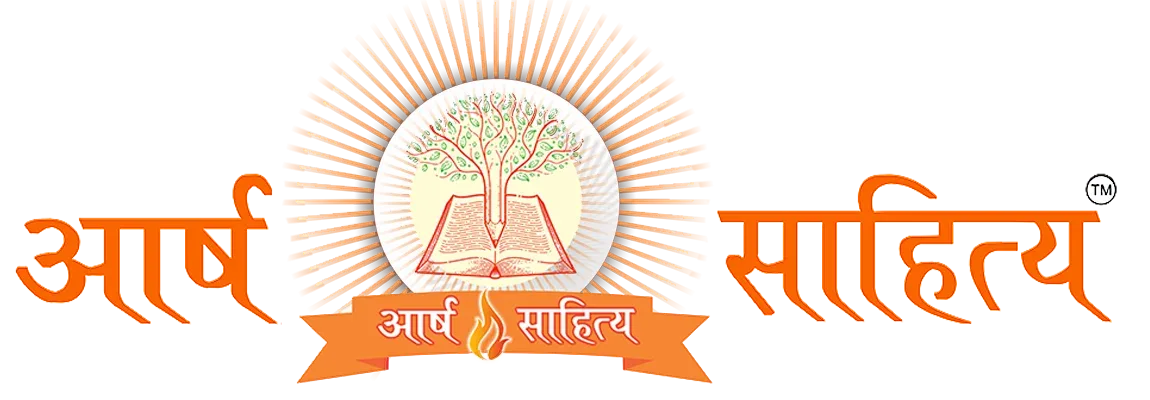



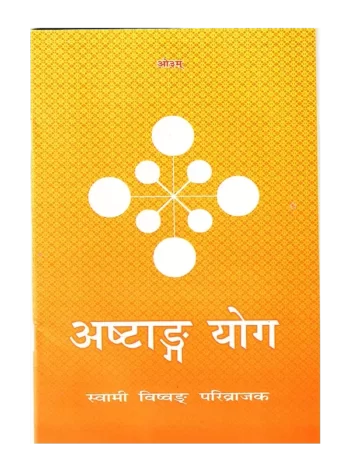


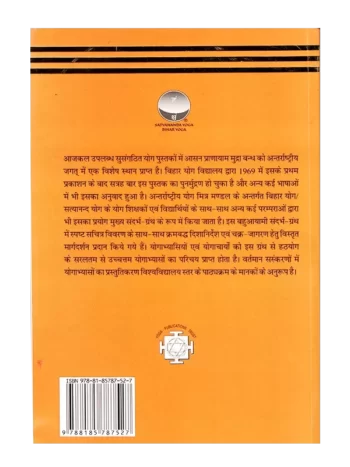




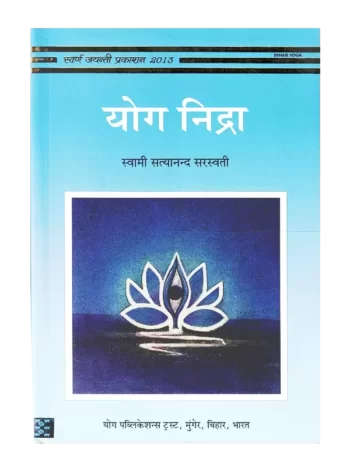

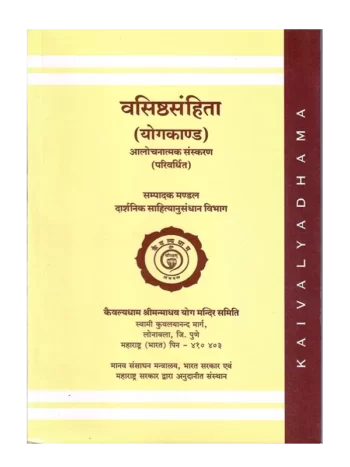

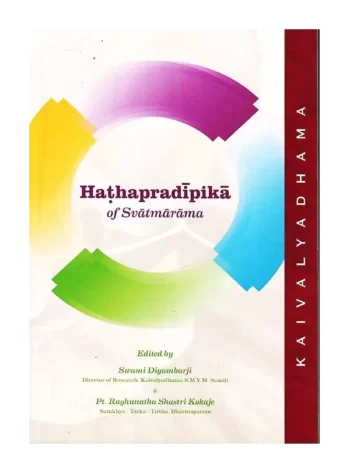

Reviews
There are no reviews yet.